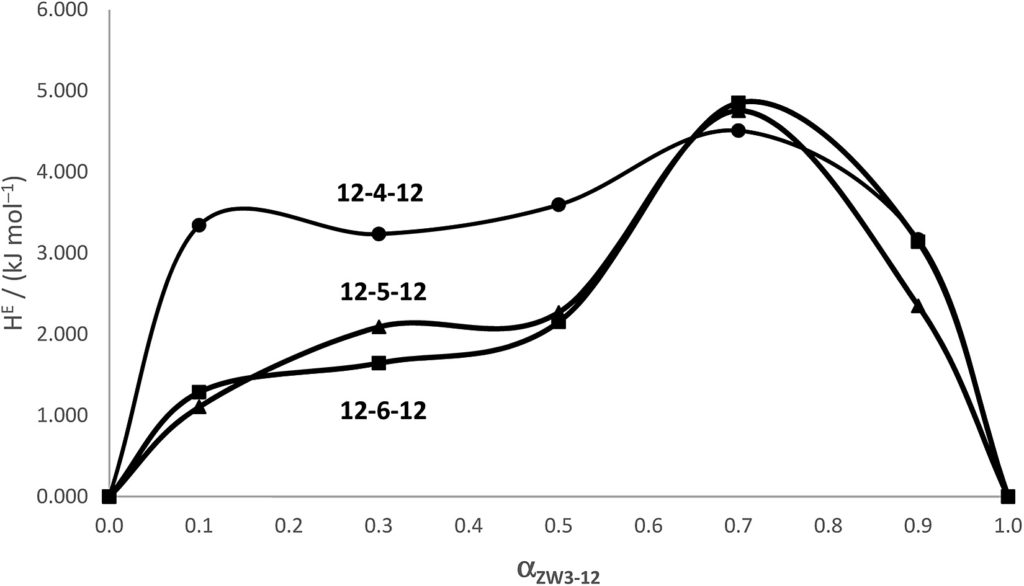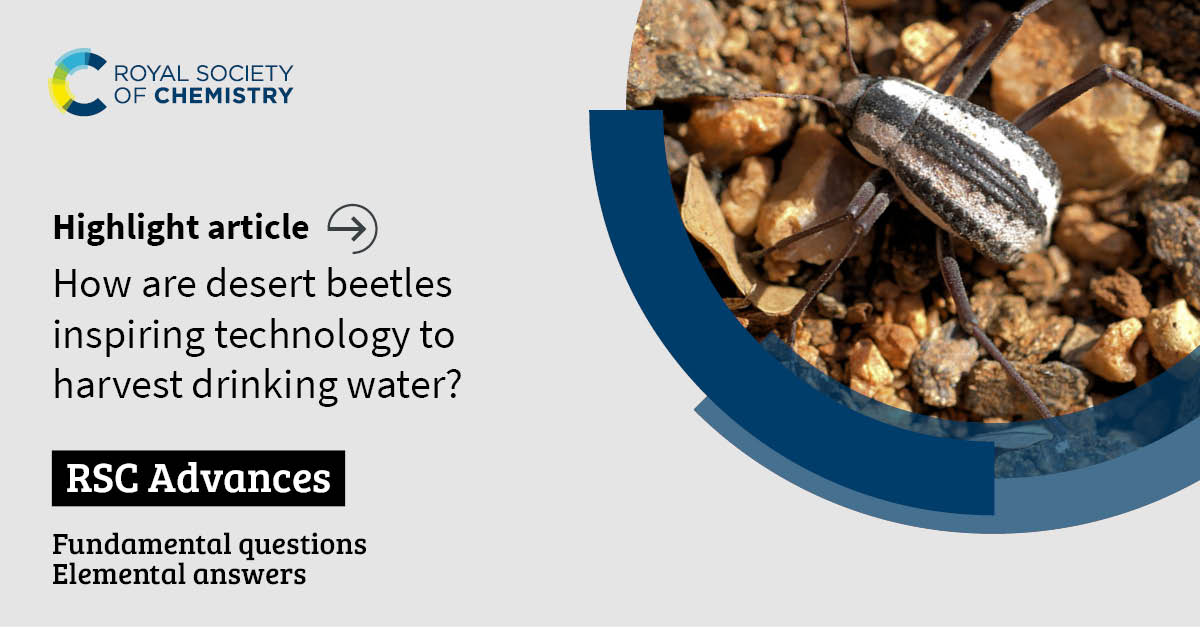We are delighted to highlight the Outstanding Reviewers for RSC Advances in 2019, as selected by the editorial team, for their significant contribution to the journal. The reviewers have been chosen from the reviewer panel based on the quantity, quality and timeliness of the reports completed over the last 12 months.
A big thank you to those individuals listed here as well as to all of the reviewers who have supported the journal.
Each Outstanding Reviewer has received a certificate in recognition of their significant contribution.
Dr Vipul Agarwal, University of New South Wales, ORCiD: 0000-0002-6239-5410
Dr Ashootosh Ambade, National Chemical Laboratory CSIR, ORCiD: 0000-0003-3605-5719
Dr Rok Borstnar, Kemijski institut, ORCiD: 0000-0002-6786-5434
Professor Lingxin Chen, Chinese Academy of Sciences, ORCiD: 0000-0002-3764-3515
Dr Ummadisetti Chinnarajesh, Indiana University Bloomington, ORCiD: 0000-0002-0065-2223
Dr Emanuele Curotto, Arcadia University
Dr Serap Evran, Ege Universitesi, ORCiD: 0000-0001-6676-4888
Dr Nicholas Geitner, Duke University, ORCiD: 0000-0003-4313-372X
Dr Prokopios Georgopanos, Helmholtz-Zentrum Geesthacht Zentrum fur Materialforschung und Kustenforschung, ORCiD: 0000-0002-6394-0628
Dr S. Girish Kumar, CMR University, ORCiD: 0000-0001-9132-1202
Dr Hu Li, Guizhou University, ORCiD: 0000-0003-3604-9271
Dr Jianmin Li, Zhejiang University, ORCiD: 0000-0002-3917-8653
Dr Shiwei Qu, Scripps Research Institute, ORCiD: 0000-0002-9358-066X
Dr Leo Small, Sandia National Laboratories, ORCiD: 0000-0003-0404-6287
Professor David Thompson, Sam Houston State University, ORCiD: 0000-0002-2934-5729
Dr Maria Timofeeva, FGBUN Institut kataliza im G K Boreskova Sibirskogo otdelenia Rossijskoj akademii nauk
Dr Paul Trippier, University of Nebraska Medical Center, ORCiD: 0000-0002-4947-5782
Dr Mark Waterland, Massey University, ORCiD: 0000-0002-8493-9407
Professor Chunping Yang, Hunan University, ORCiD: 0000-0003-3987-2722
Professor Lei Yu, Yangzhou University
Thank you to the RSC Advances board and our community for their continued support of the journal, as authors, reviewers and readers.
If you would like to become a reviewer for our journal, just email us with details of your research interests and an up-to-date CV or résumé. You can find more details in our author and reviewer resource centre.
Keep up to date with our latest HOT articles, Reviews, Collections & more by following us on Twitter. You can also keep informed by signing up to our E-Alerts.













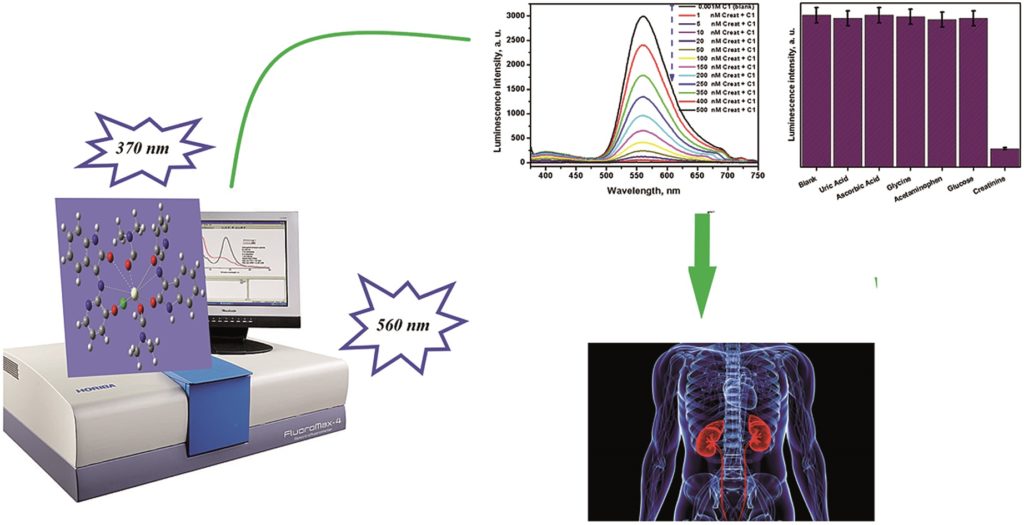












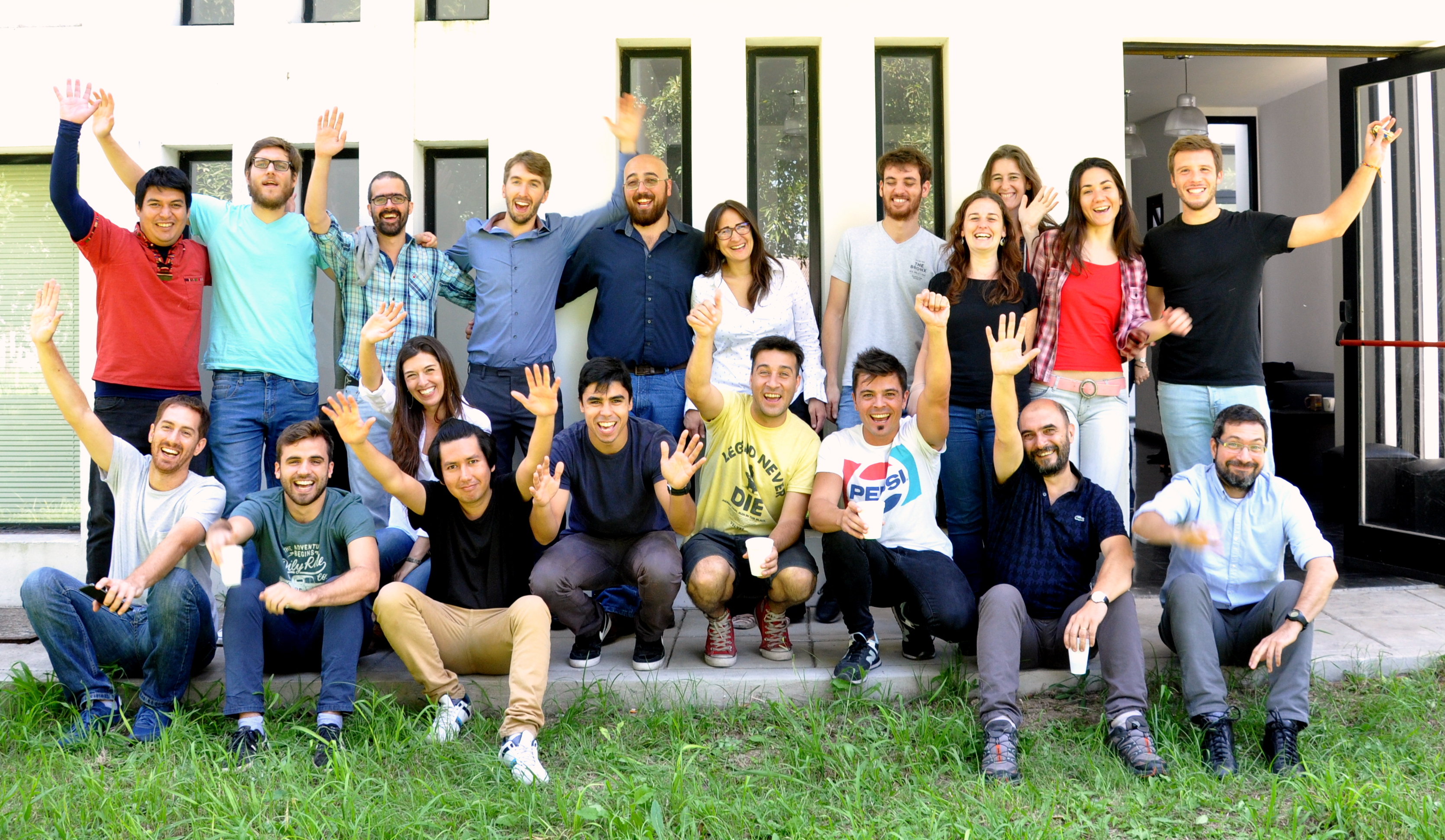
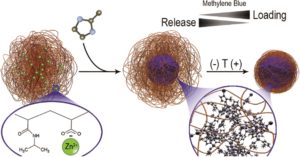
 We are very pleased to introduce Gerrard Marangoni, corresponding author of the paper ‘
We are very pleased to introduce Gerrard Marangoni, corresponding author of the paper ‘